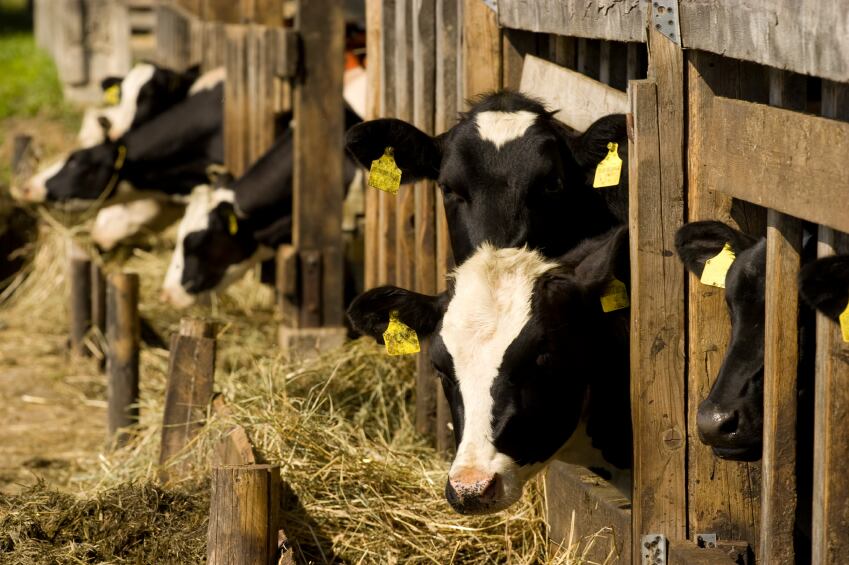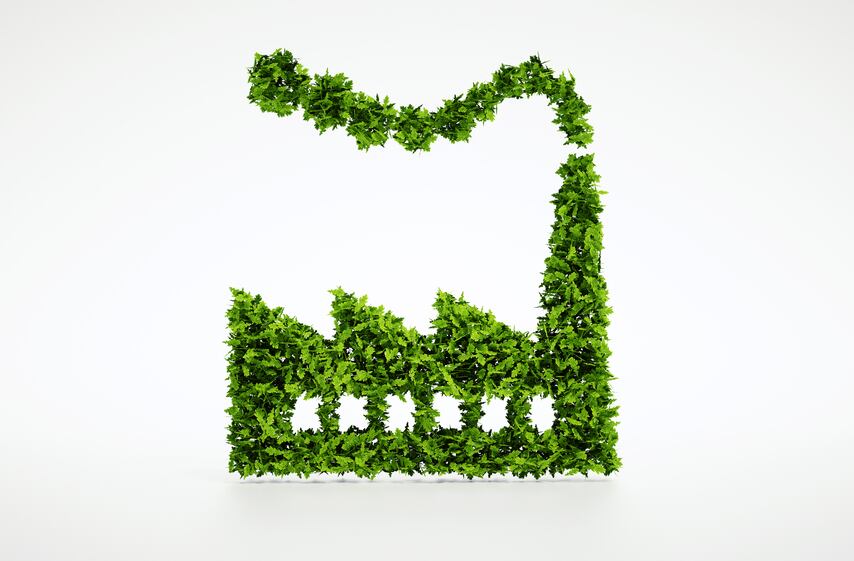According to the report, developed by Forum for the Future alongside a coalition of international businesses and NGOs, animal feed plays an important role in the food industry and carries significant implications for environmental health and food security.
Feed’s big impact

Currently, almost half of agricultural land worldwide is used for livestock feed production and more than one-fifth of wild caught fish is fed to animals.
Data from the United Nations Food and Agriculture Organization (FAO) reveals that agriculture is responsible for 14.5% of all greenhouse gas emissions. Feed production accounts for 45% of this total, the FAO stated.
As part of the effort to reduce the impact of animal proteins, the FAO suggested “switching to feed sources whose production is less energy-intensive”.
Forum for the Future wants to facilitate a discussion around what ‘sustainable feed’ looks like and to raise awareness of feed among retailers, food service companies and food manufacturers.
Growing awareness
Forum for the Future’s Simon Billing, the lead for the Protein Challenge 2040, believes that feed will play an increasingly important role in the discussions that food makers have with their retail customers, investors and, ultimately, consumers.
“It is something that is going to be critical in discussions with retailers and for future portfolio products,” he predicted.
Billing pointed to growing involvement from retailers such as Waitrose in the UK, Auchan in France and Alhold Delhaize in the Netherlands, who have all placed sustainable feed on their radars.
“The best example of people already thinking strategically about feed are Waitrose, who have really thought about feed in the long-term, have very integrated supply chains and worked on regional sourcing of feed,” he continued.
Billing also sees growing investor pressure for companies to take action on feed sustainability.
According to Billing’s assessment, consumers are not yet generally aware of the role feed plays in areas like GHG emissions and biodiversity loss. However, he believes there is an increased consciousness around the overall contribution that animal husbandry makes to the environmental challenges the world currently faces.
“I don’t think [feed] is something consumers are really aware of but it is something that they are becoming increasingly aware of. NGOs are focusing more on those supply chain impacts,” he told FoodNavigator.
These trends are contributing to the “buzz” the food sector is witnessing around plant-based protein products, Billing suggested. However, he continued, proteins derived from animal sources will continue to play an important role in the food sector.
“There is a real buzz about plant-based protein and plant-based innovation right now but we think the future is going to be balanced. There is going to be animal protein. If you are selling animal protein or its derivatives you need to be looking into your supply chain to be really sure what are those ingredients that animals eat. Those are critical risks and opportunities.
“You either get into the defensive mode of ‘the world is changing people are moving to plant proteins’ or you say ‘we think animal protein is going to be a part of a balanced diet and we want to deliver this more sustainably by addressing animal feed’.”
As consumer understanding of the protein debate increases – alongside the exponential demand growth for products that are traceable as well as sustainable – Billing argued that this presents an opportunity for food makers in the protein space to tell a “positive story”.
“There is potentially a strong story. This is one to get on the front food on – not bury your head in the sand, as I think some people are at the moment.”
What is ‘sustainable feed’?
Forum from the Future hopes to develop a common understanding of what constitutes sustainable animal feed and has proposed a ten point criteria in the Feed Behind our Food report. The group is working to develop a tool, Feed Compass, that will enable food manufacturers to compare the sustainability of different feed sources.
“Sustainable feed in our sense is something that is going to deliver affordability, health and protect our planetary resources in the future,” Billing said. “We think we need a holistic vision…There are elements around reducing biodiversity loss, minimizing greenhouse gasses, minimising pollution, minimising fresh water consumption. We also think it is critical that feeds take a more circular approach using coproducts that are not edible for humans.”
Towards a circular future

Forum for the Future believes that improved dialog up and down the supply chain could help develop a more circular approach to protein supply. “Food manufacturers should be looking at what are they doing with their waste streams… Some of those waste streams in terms of food are very valuable. Are they being used back into the human food chain ideally or can they be used for animal feed?”
In order to achieve this, collaboration is key, Billing insisted. “This is a very complex issue, not something you can do alone. You need to be working with your supply chain and collaborating to support the right incentives to do the right things going forwards.
“You need alignment across the supply chain. We are trying to create a vision and common set of criteria for what is a feed fit for the future going to look like. That is responding to environmental issues, social issues, economic and animal health benefits.”
What can food makers do?
Discourse between feed suppliers, agricultural producers, food manufacturers, retailers and foodservice groups will be necessary to facilitate the shift. Forum for the Future is working to assist this and will be running an event to spotlight Feed Compass, alongside FoodNavigator’s Food Protein Vision conference in Amsterdam this March.
In terms of actionable steps, Billing suggested that the first place food manufacturers should look is their own supply chains.
“I would first understand where it is an issue in your supply chain. What products across your portfolio are essentially animal proteins where feed might be an issue?
“The next stage of understanding [examines] what is in the supply chain. What are the animals being fed and what are the impacts associated with that.
“The third area is what to do about it. Many people have already worked on certification –certifying sustainable soy, sustainable fishmeal. We think the next vanguard is looking at substitutes for soy and fishmeal, which we are starting to see preliminary exploration of. These options are not at scale or cost right now but there is a lot of innovation in this sector. Whether its single-cell proteins, insects, algae. Clearly they need to be tested and taken forward but providing a favourable environment to support would be very interesting.”
Food Protein Vision

Food Protein Vision is a conference that will be held in Amsterdam next month to examine the challenges and opportunities facing manufacturers. Topics will range from sustainability best practice, to the emerging science behind protein's health halo and how to leverage growth markets or channels.
